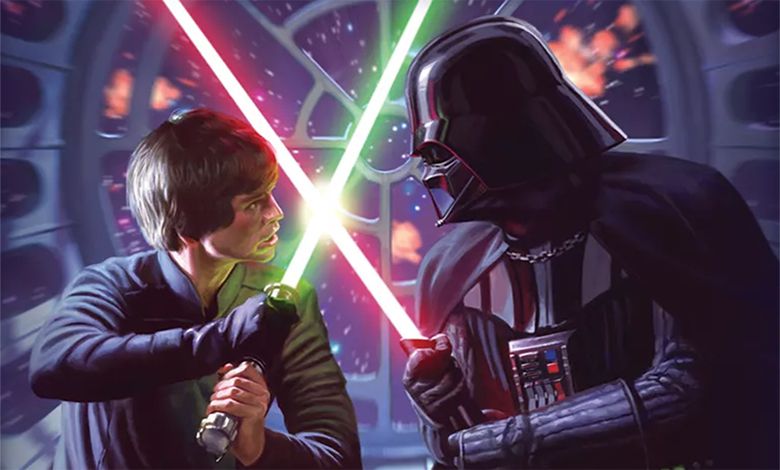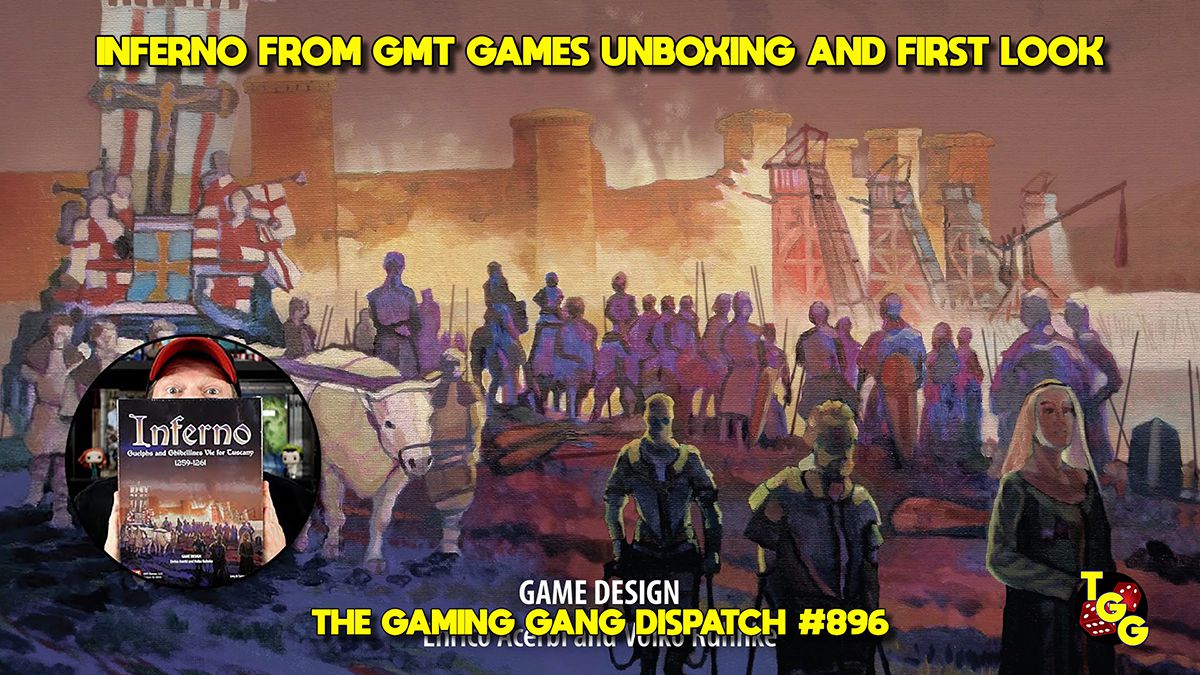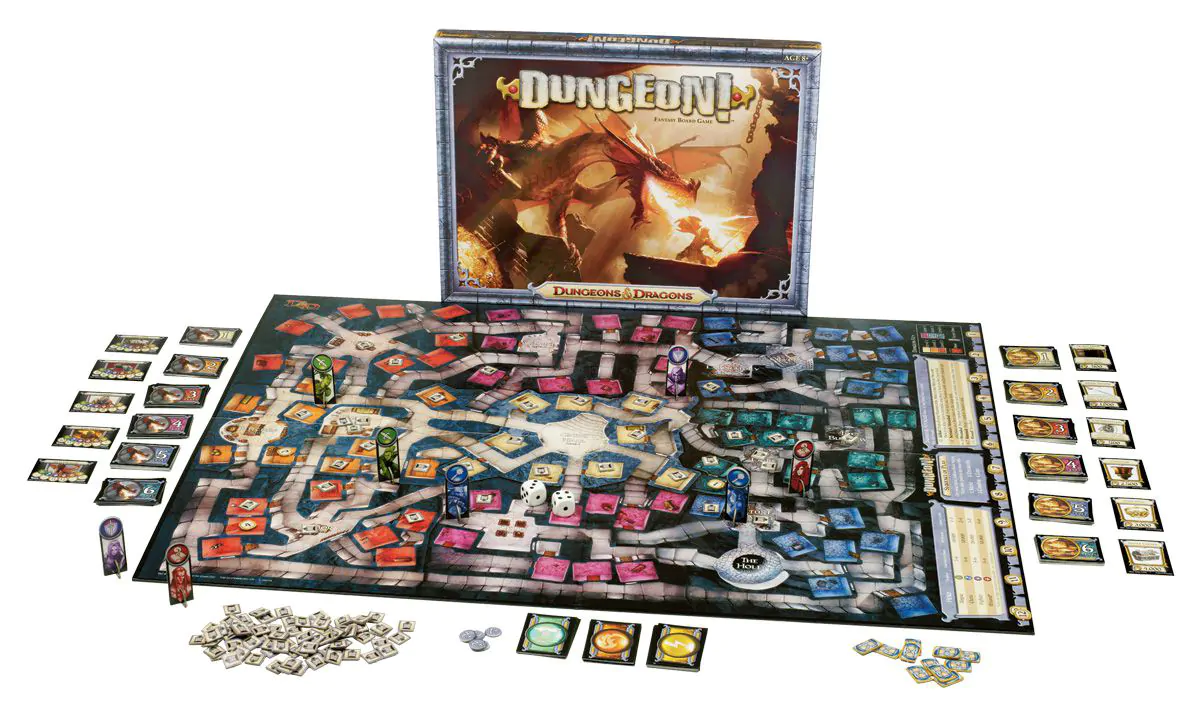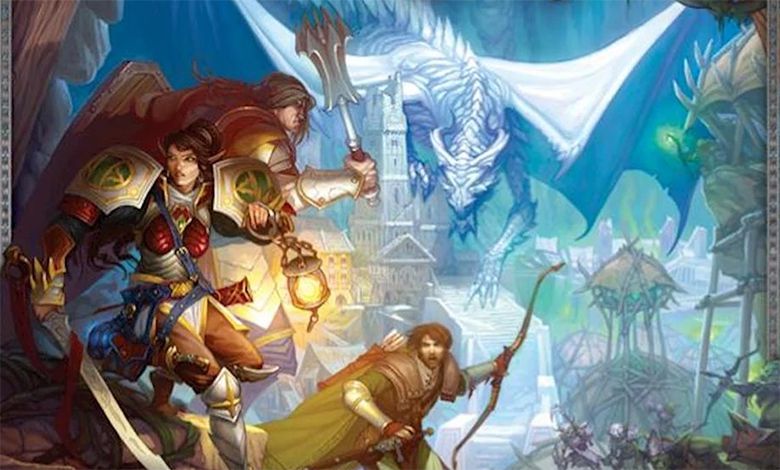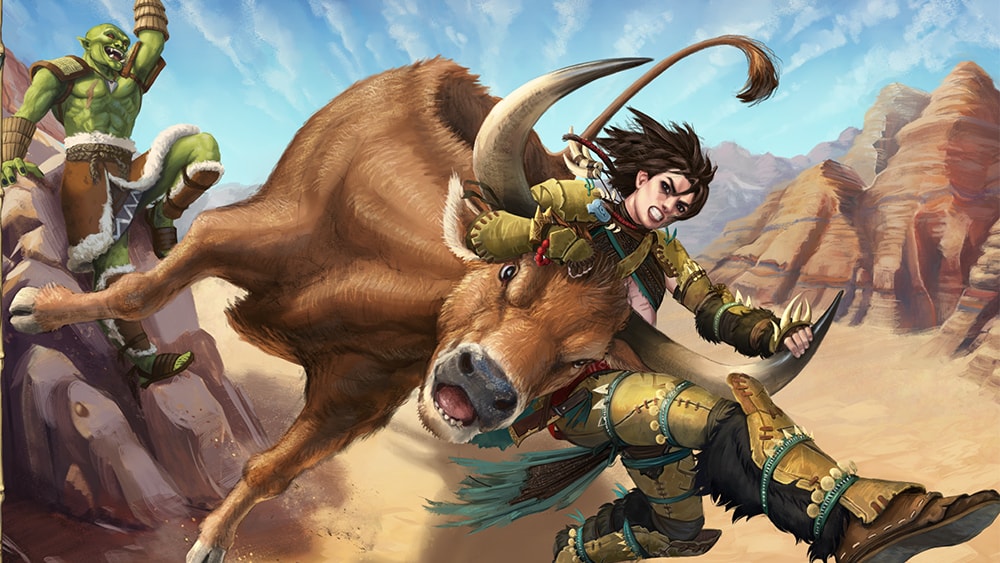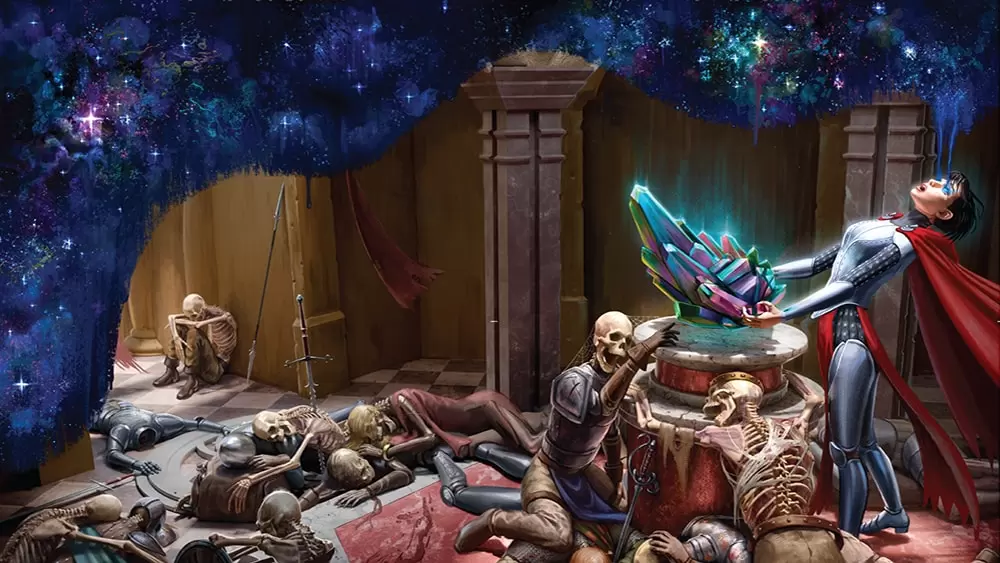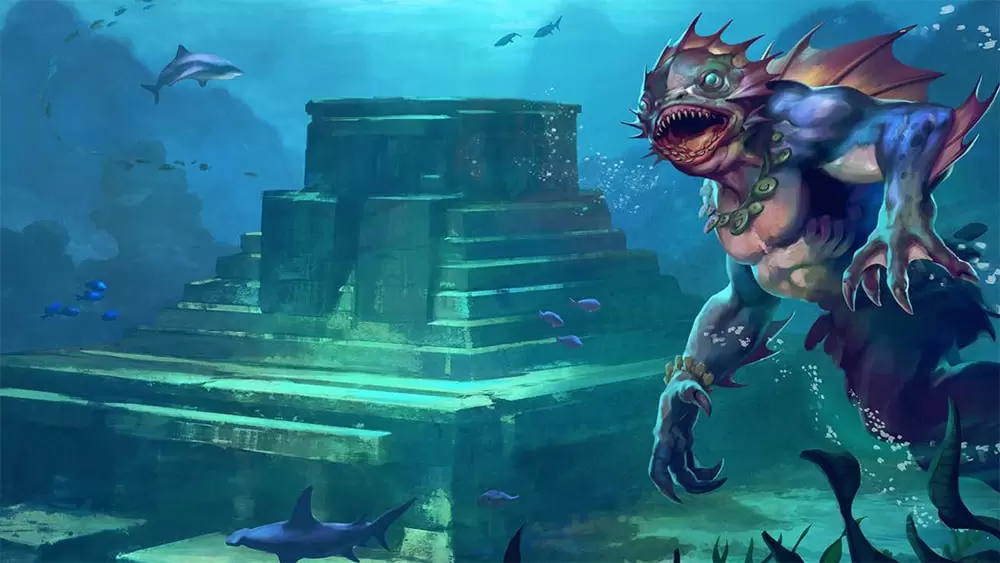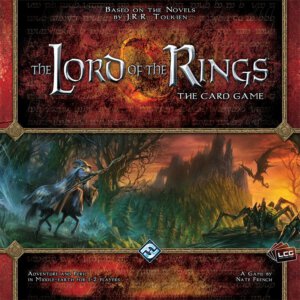
Publisher: Fantasy Flight Games
Designer: Nate French
Year: 2011
Players: One or two players
Ages: 13+
Playing Time: 60 Minutes
Retail Price: $39.95
Lord of the Rings: The Card Game is a Living Card Game. A term coined by Fantasy Flight Games to represent their system of publishing a core set to a Collectible Card Game, and then adding monthly expansions in the form of Adventure Packs. The difference here is that each Adventure Pack contains the same cards, you know exactly what you are going to get. Buying a booster pack for Magic: The Gathering (MTG) will net you a mostly random set of cards. Hence, there are no Rare, Common, and Uncommon cards in a Living Card Game, but it is still in essence a Collectible Card Game (CCG).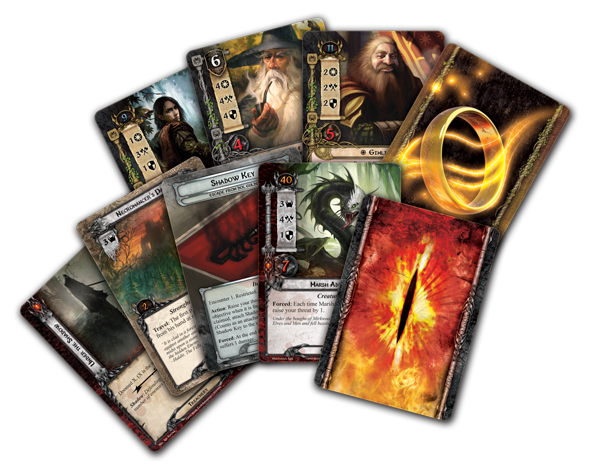
Lord of the Rings: The Card Game is unique to CCG’s and LCG’s in several ways. It is a co-op game. Players are not battling against each other, they are playing against the Shadow. They will either win or lose as one. Additionally, this is a game that can be played solo. The game engine is built to handle 1-4 players, and can be a very satisfying solo play experience. It can also be a very frustrating solo experience, as a single player game is distinctly more difficult than a multi-player game. If you build a solo deck that works, it should do even better in multi-player games.
Yes, the game can be played with 1-4 players. You may wonder how this is possible, as the game box lists 1-2 players only. By purchasing a second copy of the core set, you will have enough cards and tokens to play up to a 4 player game.
The setting of the game is the 17 years between Bilbo’s 111th birthday and when Frodo leaves the Shire. This leaves a lot of room for questing, as all our favorite characters are alive and well and keeping themselves busy as the Shadow slowly gains power in Middle-Earth.
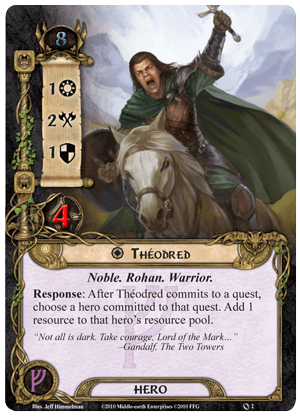
Rules-wise, there are some holes. The rulebook is 32 pages long, which did make me groan inwardly on first glance. In truth, much of the rulebook is filled with examples of play, stunning artwork, and additional information on tournament play and deck building. There is a series of videos on the FFG website that gives a good overview of the game and is very well produced. However don’t rely on this as a quick start guide, not every rule is covered in the videos. When it comes to card specifics, the rulebook does leave many questions unanswered. Most of these can be inferred by interpreting the rules in the book, they just aren’t spelled out for you.
There are 4 different spheres in the game. A sphere is similar to the colors in MTG. Instead of a black or red deck, you can have a Lore, Tactics, Spirit, or Leadership deck. Each card belongs to one of these spheres and requires you to spend resources of the same sphere to bring cards into play. A resource pool would be considered a mana pool in MTG. However, in LOTR you receive 1 resource token per turn per hero. Each player can have a max of 3 heroes, and the core game only includes 3 heroes per sphere. These heroes start the game in play, so you don’t need to worry about drawing the right mana to get your cards in play.
This is great, as long as you are careful about playing multiple spheres. If your hero that produces the Lore resource is killed, you won’t have any way to play those Lore cards from your deck. Obviously, this isn’t a problem if you are playing only a 1 sphere deck. The game comes with enough cards to play a 30 card deck for each sphere. This is not enough cards to build a nice tournament deck (according to the rules, these are 50 card decks), but it is enough to try some rudimentary deck building and testing of card combinations. One note, there is a 5th sphere, which is neutral. Similar to colorless in MTG, any resource can pay for a neutral card. In the core set there is only one, Gandalf. He will save your bacon many times. I expect there will be many more neutral cards in the future.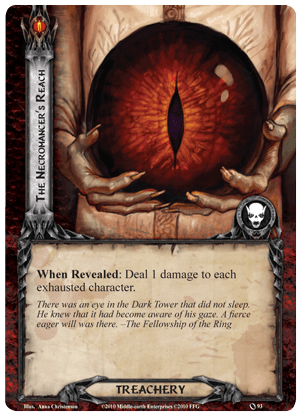
Each sphere has its own advantages and drawbacks. The Tactics sphere will allow you to crush your enemies easily, but try completing a quest with the Tactics deck and you’ll find it nearly impossible. The Spirit sphere will allow you to complete quests with ease, but offers almost no protection from an enemy onslaught. The Leadership deck has a combination of both, but not strong enough to make it easy. The Lore deck has a lot of healing built in and some good questing, but your ally cards are rather weak, and they become almost cannon fodder as you try to keep your heroes from being killed.
There are several mechanics built in to keep defeating the Shadow from becoming a mathematical exercise. The bad guys always attack first, and are dealt a card that may do extra damage or something else insidious to the heroes. The player’s characters must first survive the Shadows attack before they can attack themselves. Defending causes your character to exhaust (tap) though, so if you defend with a card, you can’t attack with it. Anyone you sent to do questing are also exhausted, and cannot attack OR defend.
Questing also involves drawing Shadow cards that can make progressing on a quest a lot harder than you thought it would be when the turn started. No turn is really predictable, and only experience can help you be prepared for these difficulties.
Players win the game by having at least one hero from one player survives to complete the quest. If all heroes are killed the players lose. If a player’s threat tracker reaches 50, that player is eliminated from the game. The game includes 2 very nice threat trackers, that have 2 dials you rotate to measure the amount of threat a player has generated. Threat goes up in various ways throughout the game.
It is a very addictive game. It is HARD. If you enjoy a challenge you will find it here. It will take some plays of the game to learn all the card abilities, and a little research to find the answers to the specific questions that pop up. Once you know the rules, you’ll probably want to try your hand at building your own deck. This is the part you will find frustrating, as there are no adventure packs out yet. You are limited to what is in the box, or two boxes if you purchase two core sets. The first adventure pack will be out in a few weeks, but until then players are grinding their teeth waiting for a bigger card base to tinker with. I expect that by the end of the year there will be tournaments galore and the game will be fully fleshed out. Right now it seems a little incomplete.
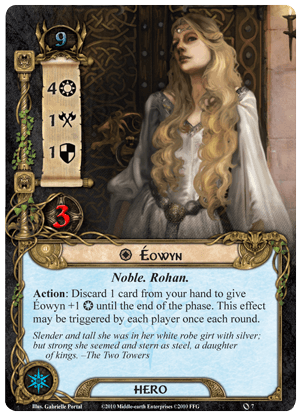
I’m drawn to this game again and again as I try out the different decks and strategies. While it isn’t always enjoyable, I can still remember with excitement the first game that I actually won which required a combination of luck, a timely Gandalf appearance, and the sacrifice of Gimli for the good of all. Good Times.
A final note. The box is a big empty box. It would have been nice if it had been designed to organize your cards and tokens as there is plenty of space to handle the core set and a bunch of expansions. It seems like a lost opportunity.
[rwp-review id=”0″]
- A Dungeon Delve for Kids?: A Review of Dungeon! - Oct 24, 2022
- Better, Stronger, Faster | Descent: Journeys in the Dark Second Edition Reviewed - Oct 23, 2022
- Your Planet is Doomed!: Invasion from Outer Space Reviewed - Oct 22, 2022


